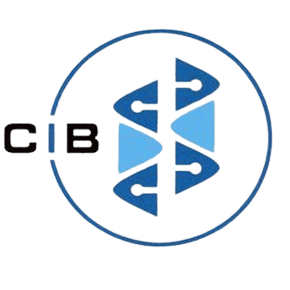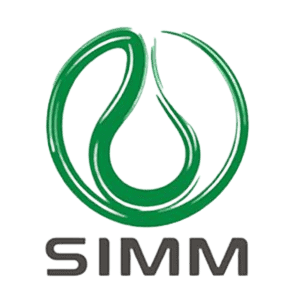$36.00
| CAS No.: | 56-25-7 |
| Molecular Formula | C₁₀H₁₂O₄ |
| Molecular Weight | 196.2g/mol |
| Purity | HPLC>98% |
| Chemical Family | Monoterpenoids |
| Weight |
|---|
* Warning: BIORLAB’s Natural Compounds are for laboratory research purposes only.
IUPAC Name: (1R,2S,6R,7S)-2,6-dimethyl-4,10-dioxatricyclo[5.2.1.02,6]decane-3,5-dione
InChI: InChI=1S/C10H12O4/c1-9-5-3-4-6(13-5)10(9,2)8(12)14-7(9)11/h5-6H,3-4H2,1-2H3/t5-,6+,9+,10-
InChIKey: DHZBEENLJMYSHQ-XCVPVQRUSA-N
Canonical SMILES: CC12C3CCC(C1(C(=O)OC2=O)C)O3
Isomeric SMILES: C[C@@]12[C@H]3CC[C@@H]([C@@]1(C(=O)OC2=O)C)O3
Synonyms: cantharidin; Cantharone; CANTHARIDINE; 56-25-7; Kantaridin; Cantharides camphor; Kantharidin; 1,2-Dimethyl-3,6-epoxyperhydrophthalic anhydride; …
Botanical Source: Lytta vesicatoria
Cantharidin, a potent terpenoid isolated from blister beetles, is provided by BIORLAB at research-grade purity (≥98%). This compound has garnered significant research interest for its anticancer properties and protein phosphatase inhibition studies.
Anticancer Properties
Molecular Mechanisms
Cancer Biology
Drug Development
Pharmaceutical Research
Clinical Studies Support
For detailed technical information or custom requirements, contact BIORLAB’s scientific team.
WARNING: This compound is highly toxic and for research and development purposes only. Requires specialized handling and safety protocols. Not for human use.
| Weight |
|---|
BIORLAB commits to excellence and reliability.
Your orders are shipped seamlessly between countries
You have the right to return your orders within 30 days.
Your payments are secure with our private security network.
For you to better choose the right compounds, and so the scientific research can be carried out smoothly, here are some FAQs.
Delivery times vary based on order size, We deliver small quantities of compounds within 2 working days, ranging from one week for up to 500 compounds to about 6 weeks for orders exceeding 5,000 compounds.
While our focus is on natural compounds, we can provide information on natural product-like synthetic compounds if requested.
Yes, we provide comprehensive analytical data and certificates of analysis for all our compounds.
Yes, we can re-supply active compounds in larger quantities and offer analogs for further testing if hits are discovered.
We offer a wide range of natural compounds including alkaloids, terpenoids, flavonoids, coumarins, peptides, glycosides, and nucleosides isolated from plants.
Our compounds undergo rigorous purification processes and are tested using advanced analytical methods such as NMR, mass spectroscopy, and in some cases, X-ray analysis to ensure >98% purity.
Yes, we offer custom isolation services for specific natural compounds based on client requirements.
We typically offer quantities ranging from 2 mg to 100 mg for screening purposes, with larger amounts available upon request.
We use various physicochemical analytical methods, including NMR (300-500 MHz) and mass spectroscopy, to confirm structures and stereochemistry.
BIORLAB is committed to providing highly competitive natural compounds and comprehensive solutions to customers around the world.






Get The Latest Updates and Promotion Information.
